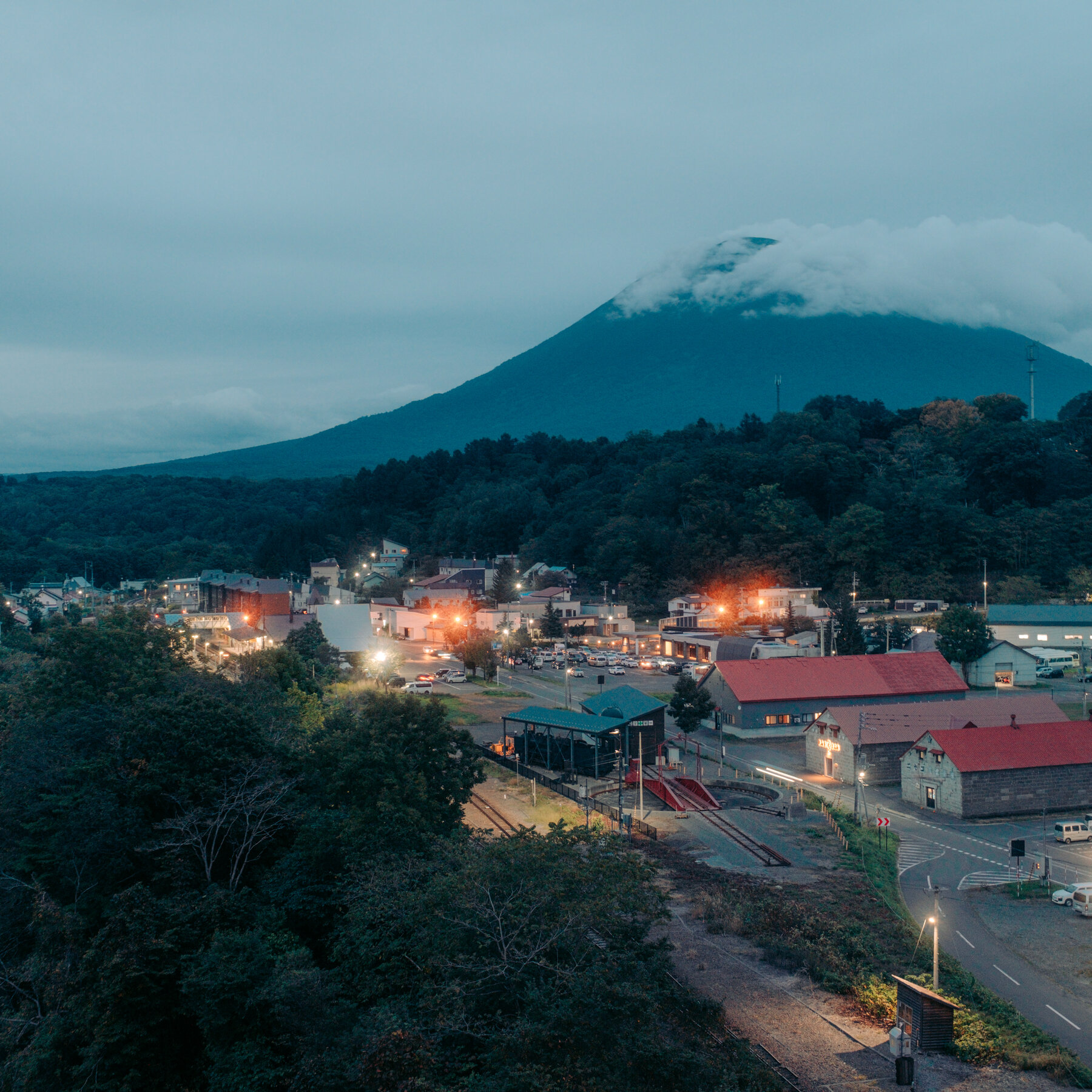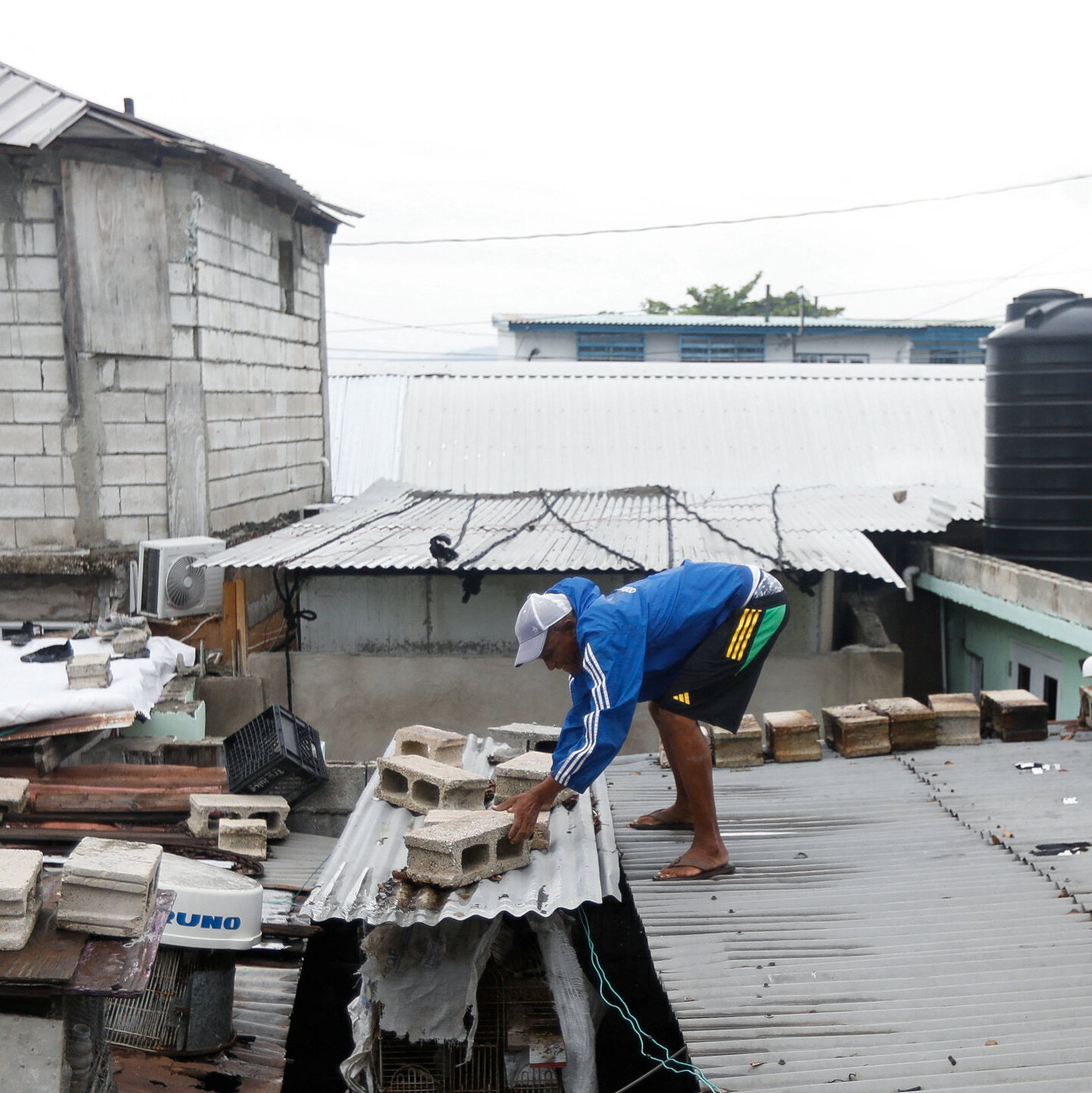The Moon Was an Inside Job
New Study Rewrites Lunar Origin Story
Recent research suggests that the impactor known as Theia—long believed to have come from the distant reaches of the solar system—may actually have formed much closer to the Sun. Scientists now argue that Theia originated in the inner planetary region before moving outward and striking the early Earth.
The findings, published in a peer‑reviewed journal, are based on sophisticated computer simulations that track the orbital evolution of planetary embryos. These models indicate that bodies forming near the Sun can be scattered onto trajectories that intersect Earth’s orbit, making an “inside‑job” collision plausible.
Implications for the Moon’s composition are significant. If Theia was an inner‑solar‑system object, its material would share a chemical fingerprint with Earth’s mantle, helping to explain why lunar rocks are so similar to our planet’s geology.
Lead author Dr. Maya Hernandez of the Institute for Planetary Science remarked, “This challenges the classic ‘Theia came from afar’ narrative and opens new avenues for understanding how Earth’s satellite formed.”
What This Means for Planetary Formation Theory
The new perspective may also reshape theories about how other moons and planetary systems develop. By demonstrating that large collisions can involve bodies from the inner solar system, researchers are re‑evaluating the frequency and dynamics of such cataclysmic events throughout the early history of our planetary neighborhood.





